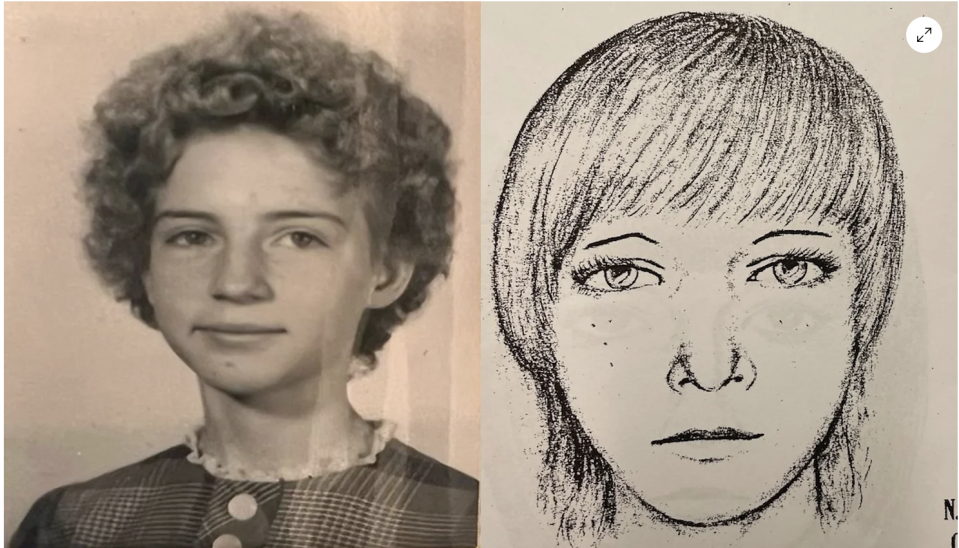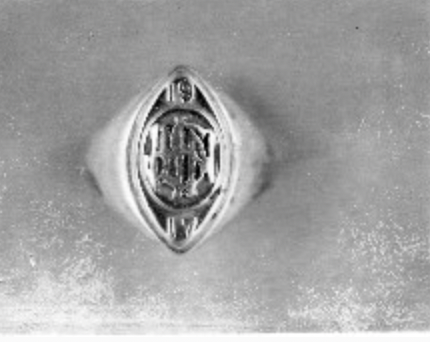Murdered woman identified 50 years after her remains were found
Half a century after a murdered woman's bones were found in a shallow grave in Connecticut, DNA testing identified the previously unknown female.
Her name was Linda Sue Childers, and investigators said she was from Louisville, Kentucky, before she ended up murdered in a ditch thousands of miles away from her daughter and family. Detectives followed various leads for years before genetic testing helped them find the victim's sister in Kentucky and, eventually, put together the familial connections that revealed Childers' identity.

The decadeslong search started on May 30, 1974, when Connecticut State Police said they found two victims fatally shot in a wooded area in Ledyard — about 55 miles east of New Haven — after a witness tipped them off. An informant told detectives the murders had occurred four years earlier on December 31, 1970.
Investigators were able to identify one of the two victims — Gustavous Lee Carmichael, a convicted serial bank robber who had previously escaped from federal custody, according to DNAsolves.com, a database that helps solve cold cases with genetic testing.
Police arrested and convicted two suspects, Richard DeFreitas and Donald Brant, for the murders.
But the other victim, a woman, was badly decomposed and police weren't able to determine her hair or eye color. Investigators said they had trouble verifying her identity, in part because she had used various aliases, including the name Lorraine Stahl, a resident who had moved from the area months earlier.
Police did find clothes with her remains, including a tan leather "wet look" vest, a gold or tan sweater, a brown tweed skirt and a pair of brown Grannie boots, according to DNA solves.
She also was wearing a pendant and rings with the letters J.H.S.N. monogrammed, the initials I.L.N., and the date 1917 engraved inside, according to DNA solves. The other ring was inexpensive with a "fake" emerald stone.

The case went cold, with some leads that investigators said never panned out being followed — until July 2022 when remaining DNA samples were sent to the private lab Othram for testing.
In January 2024, the results helped find a connection with the victim's sister. Investigators then found out Childers had a daughter and she provided a DNA sample, which last month confirmed the victim's identity, Connecticut State Police said.
The state's cold case unit has about 1,000 unsolved cases and has closed approximately four dozen previously unsolved homicides since the unit was formed in 1998. The unit has issued decks of playing cards, each set featuring 52 unsolved murders to highlight long-standing cold cases.
Why a judge dismissed some charges against Trump, others in Georgia election case
Healing Justice I Sunday on 60 Minutes
Watch: Schumer says Netanyahu "has lost his way," calls for election in Israel

